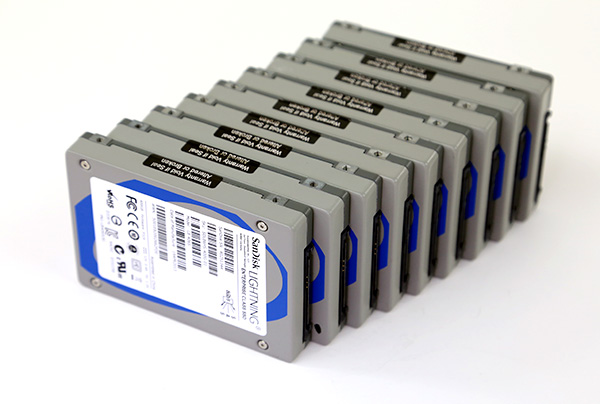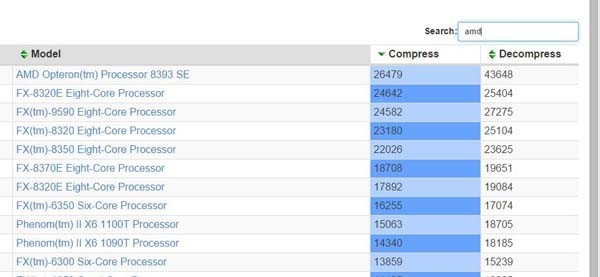To our loyal readers: we are (hopefully) going to be adding several new features to make STH, and supported projects better. The two biggest areas will be for the STH colocation and with the Linux-Bench benchmark suite’s site. Both of the coming updates have had posts on the STH forums recently but the main site has a larger audience so we wanted to get the information to everyone.
Colocation update – January 2015 Edition
The first update is in terms of our colocation. We have had a 1/4 cabinet in Las Vegas (with 5A of power) for the past two years. That has worked well for some time, but it is time to make a change. Key drivers:
- First the Crucial M500 SSDs we have been using we have found, even overprovisioned an extra 10% have been causing some requests to have too long of service times. As a result, we are moving to higher-end SAS/ SATA drives all in RAID 1 plus hotspare configurations. We are using mostly SAS drives as well as Intel S3700/ S3500 drives. Luckily, we have been buying many drives to test for these purposes in our latest SSD benchmarking series.

- Second, we are adding a beefy backup server. Again, lots of RAID 1 plus hot spares. This will be a ZFS setup and has arrays of both SLC SSDs (Pliant Lightning) as well as MLC SSDs for caching purposes. We want plenty of backup and snapshot space locally and this is being augmented by off-site backup.
- Third, we are adding 10GbE and 40GbE networking and upgrading the fallback 1GbE network. We already had a Mellanox-based high-speed direct linkage between the two main production nodes, but everything else was on gigabit Ethernet. There has been network congestion on some nodes as backups, replication and other storage related tasks have run and this should easily alleviate those issues.
These three areas are focused on delivering a better experience for users, and more consistent operation. The final area we are expanding to is having a separate network segment for a non-production lab/ testing environment. Real estate in Mountain View, California costs about $4 per square foot per month. Buying property is about $750-$1000/ square foot. Power in California (outside of places such as Santa Clara) is expensive. Therefore it made sense to move a portion of the lab equipment to a lower cost area. Local colocation facilities are 2-3x the cost so it made sense for us to make the move.
There are more details in this forum post on what we are adding. What this practically means is that in the next few days we are planning a hard cut over from the 1/4 cabinet to the 1/2 cabinet. The new equipment is already being installed in the 1/2 cabinet but the existing equipment will need to be transitioned across the datacenter. Expect a short bit of downtime when things are ready, and that I will be very highly stressed for that time.
Linux-Bench is getting a facelift
During 2014 STH’s linux benchmarking script had a lot of work done to transform it into Linux-Bench. Linux-Bench is now used by not just STH, but also Tom’s Hardware, Tom’s IT Pro, Anandtech and others. When it was first launched, Linux-Bench was extremely difficult to use. It took reading through thousands of lines of code to ascertain results. By mid-2014 the project added web parsing functionality which gave a unique code that could be viewed online in an easily readable format.

As noted in the forums, the progress to date thus far is that we have some new functionality. We have the ability to see and compare results against other results. In the original version, comparison required manual methods. We have the ability to search so that one can enter text and find a specific processor model or other text string. Finally, we have a RESTful API so direct linking is possible. The previous method to retrieve results was to enter a code in a box, then submit and go to the next page.
Check the forums for status updates but the functionality is present, we just need to make some UI adjustments before it goes live.
Conclusion
The major point here is that we are investing in a better experience for our STH readers. We do not have the resources of the huge media outlets, but we do put a huge amount of effort into ensuring we deliver the best possible experience. There may be a few transitional blips over the next few days or weeks though as we work out the details and the dust settles.




